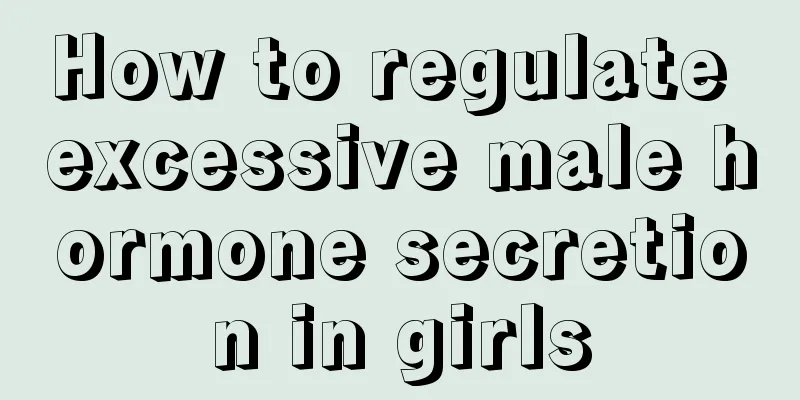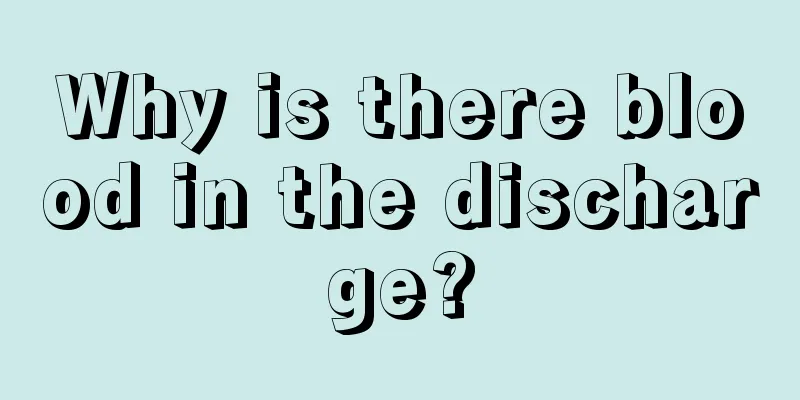How to treat uterine wall adhesions

|
Uterine wall adhesions have certain adverse effects on women's fertility and physical health, so once uterine wall adhesions are discovered, they need to be treated as soon as possible. Many people may not understand the treatment methods of uterine wall adhesions, but the treatment methods of uterine wall adhesions are very important for women. Let me tell you how to treat uterine wall adhesions. 1. Traditional treatment: dilation with a dilator and then insertion of an intrauterine contraceptive device. Years of clinical experience have proven that this type of surgery is blind and cannot completely restore the original uterine cavity morphology, and the incidence of re-adhesion is high. Many hospitals now use electrosurgical cutting to separate adhesions under hysteroscopy. However, electrosurgical cutting can easily cause new trauma and a new round of adhesions, which can aggravate the original condition. Regarding estrogen, a large amount of exogenous hormones entering the body will inhibit the production of endogenous hormones and may not be effective in preventing adhesions. 2. Perform hysteroscopic cold knife or plasma separation under the monitoring of electronic laparoscopy, and place a biological anti-adhesion membrane (Antai patent) after the operation to prevent re-adhesion. Subsequently, the intrauterine spherical stent was invented to further prevent intrauterine adhesions. 3. General treatment: Relieve patients' mental concerns, enhance their confidence in treatment, increase nutrition, exercise, pay attention to the combination of work and rest, and improve the body's resistance. 4. Chinese medicine intraperitoneal perfusion therapy: Aiming at the characteristics of intrauterine adhesions, we use high-tech, apply traditional Chinese medicine dialectical treatment, and combine with unique Chinese medicine prescriptions to promote the absorption and disappearance of inflammation. Its clinical effect is significant. 5. Hysteroscopic therapy: The application of hysteroscopy in clinical practice can solve some difficult gynecological diseases intuitively, simply and safely. It can not only determine the degree and type of adhesion, but also the toughness of the adhesion. Membranous adhesions and fibromuscular adhesions can be separated under hysteroscopy or removed with surgical scissors; while dense connective tissue-like adhesions require electroresection under B-ultrasound monitoring, followed by placement of an intrauterine contraceptive device to prevent re-adhesion, and continuous administration of estrogen and progesterone to promote endometrial growth. It helps patients to resume menstruation and some of them can become pregnant again. I have finished introducing the treatment methods of uterine wall adhesions. I believe you have also gained new knowledge and insights into the treatment methods of uterine wall adhesions. If you have uterine wall adhesions, you need to seek treatment as soon as possible according to the doctor's advice based on your own situation. In addition, you also need to pay attention to the nutritional balance of your diet in your daily life. I wish you good health. |
<<: What are the symptoms of an anterior uterus?
>>: What is the principle of minimally invasive hysterectomy?
Recommend
How to maintain breast augmentation surgery
Many women with flat chests choose to use breast ...
Does anger affect menstruation?
Being angry is a common phenomenon in our daily l...
Is it painful to insert the contraceptive ring?
From its name, we know that the contraceptive rin...
What can women eat to nourish yin and kidney
Eating is a very important thing in our lives. Ea...
Women have menstrual headaches
When female friends have their period, they will ...
How can girls with dark yellow skin become white?
Many female friends sometimes spend more time wor...
Why does my period smell so strong?
In a woman's life, in addition to the care of...
Detailed diagram of embryonic development
During the ten months of pregnancy, pregnant moth...
Postpartum vaginal pain
A woman’s body is at its weakest in the stage rig...
Can I pick out dirt from my belly button during pregnancy?
If there is dirt in the belly button after pregna...
How many days of pregnancy will the lower abdomen fall?
The causes of lower abdominal pain in early pregn...
What causes itching in the female urethra?
Generally speaking, urethral itching is mostly ca...
What to do if hydronephrosis causes pain during pregnancy
If hydronephrosis occurs after pregnancy, pregnan...
What jobs can pregnant women do to earn money?
We all know that women cannot do rough work durin...
Do I need to remove the stitches after a normal delivery?
Giving birth is an extremely difficult process fo...









